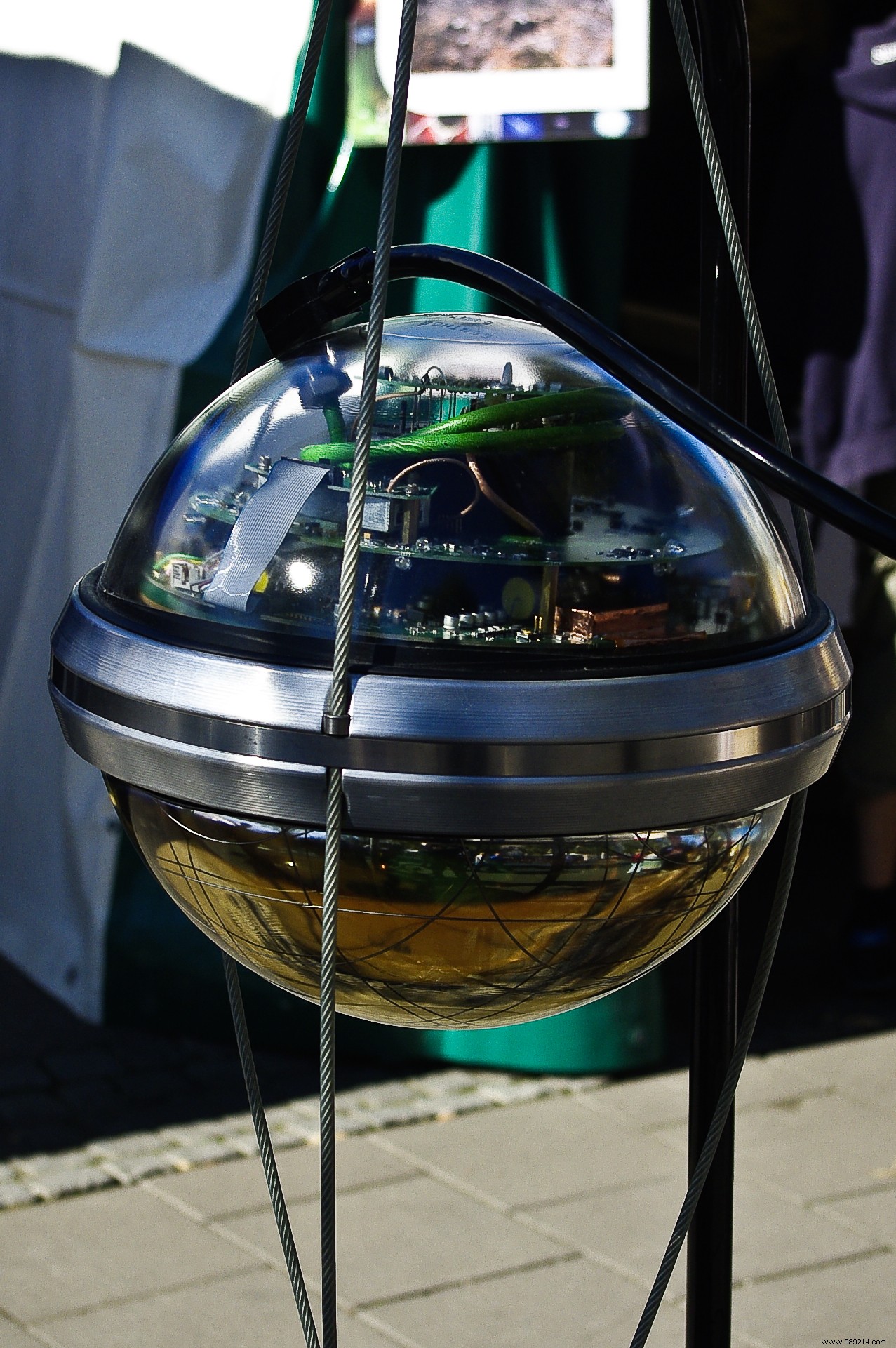In Russia, researchers have placed one of the largest underwater telescopes in the world inside Lake Baikal. Objective:to detect neutrinos, these mysterious particles that could give us answers about the cosmos.
Neutrinos are elementary particles 100,000 times smaller than electrons. They come from nuclear reactions operated in the Universe (generated in supernovae, for example). Once generated, neutrinos travel at close to the speed of light. Their mass being virtually zero, they only very rarely interact with other particles . This is why these particles generally remain elusive despite their abundance (100,000 billion neutrinos pass through your body every second).
However, analyzing them is essential to trying to understand the cosmos. Studying neutrinos could indeed help us to understand some great enigmas of physics, such as that of matter-antimatter asymmetry.
You got it:due to their properties, neutrinos are difficult to detect. But difficult does not mean impossible.
On rare occasions, a neutrino collides with an atom . This collision thus disintegrates the nucleus of the neutrino which transforms into another particle:a muon …and muons “leave traces”.
These particles indeed follow the same trajectory as that taken by the original neutrino, but they can be recognized thanks to the cone of blue light they engender (Cherenkov light).
To detect this light, researchers are developing arrays of spherical optical sensors . These facilities then make it possible to detect the weak flashes emitted when a neutrino collides with an atom contained in water. Researchers can then trace the trajectory of a muon (and therefore that of its original neutrino).
IceCube, buried in Antarctic ice near the South Pole Station, is the largest neutrino detector in the world to date. But there are others. Japan, which already has the Super-Kamiokande (one of the most important neutrino observatories), will therefore build a new, even bigger one.

That being said, in Russia, researchers have been developing an observatory of this type since 2015. Called Baikal-GVD, the installation has just been placed, as its name suggests , in Lake Baikal at almost 1300 meters deep . It is located about four kilometers from the nearest lake shore.
The neutrino telescope currently measures half a cubic kilometer, but it will be enlarged in a few years to measure one cubic kilometer, said Dmitry Naumov of the Joint Research Institute nuclear.
This telescope is the result of a collaboration between German, Czech, Polish, Russian and Slovak researchers.